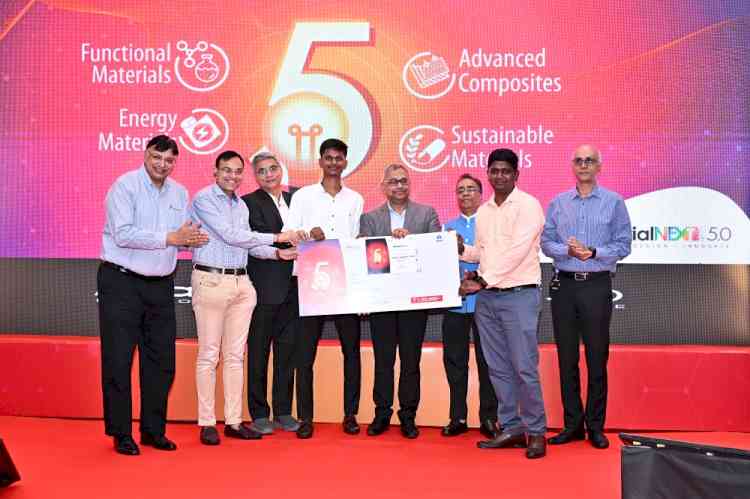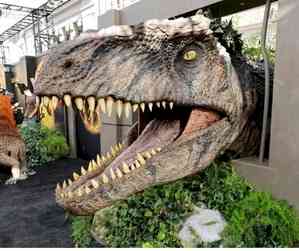World's oldest giant sperm found in Australia
Sydney, May 14 (IANS) In an extraordinary find, scientists have discovered ancient giant sperm - thought to have been longer than the crustacean male's entire body - at a world heritage fossil site in Australia. Tightly coiled up inside the...

Sydney, May 14 (IANS) In an extraordinary find, scientists have discovered ancient giant sperm - thought to have been longer than the crustacean male's entire body - at a world heritage fossil site in Australia.
Tightly coiled up inside the sexual organs of the fossilised freshwater crustaceans known as ostracods, these preserved giant sperm are from tiny shrimps that lived at least 17 million years ago.
The researchers estimate the fossil sperm are about 1.3 millimetres long - about the same length or slightly longer than the ostracod itself.
The team of researchers found them at Riversleigh in northwestern Queensland - Australia's most famous fossil site.
"These are the oldest fossilised sperm ever found in the geological record," said professor Mike Archer from University of New South Wales's school of biological earth and environmental sciences.
The Riversleigh fossil deposits in remote northwestern Queensland have been the site of the discovery of many extraordinary prehistoric Australian animals, such as giant, toothed platypuses and flesh-eating kangaroos.
"But the discovery of fossil sperm, complete with sperm nuclei, was totally unexpected. It now makes us wonder what other types of extraordinary preservation await discovery in these deposits," Archer emphasised.
The research team collected the fossil ostracods from Bitesantennary Site at Riversleigh.
They were sent to John Neil, a specialist ostracod researcher at La Trobe University who realised they contained fossilised soft tissues.
He took them to Renate Matzke-Karasz from Ludwig Maximilian University of Munich, Germany, who examined the specimens with Paul Tafforeau at the European Synchrotron Radiation Facility in Grenoble, France.
The microscopic study revealed the fossils contained the preserved internal organs of the ostracods, including their sexual organs.
Within these were the almost perfectly preserved giant sperm cells, and within them, the nuclei that once contained the animals' chromosomes and DNA.
Also preserved are the Zenker organs - chitinous-muscular pumps used to transfer the giant sperm to the female, revealed the study published in the journal Proceedings of the Royal Society B.

 cityairnews
cityairnews 
















